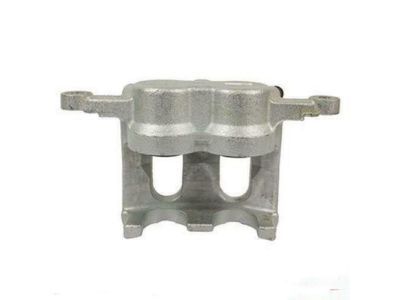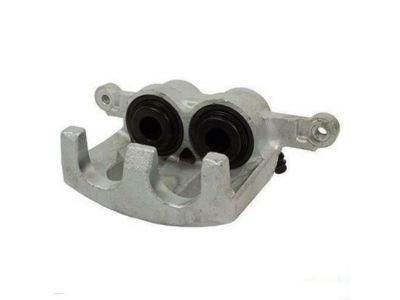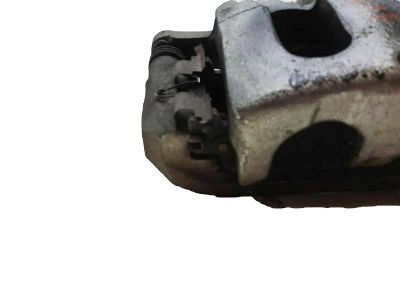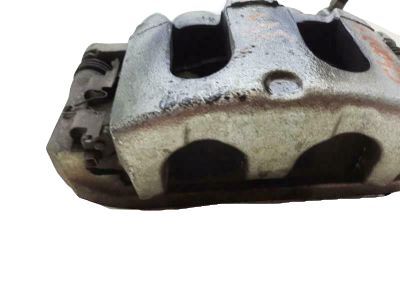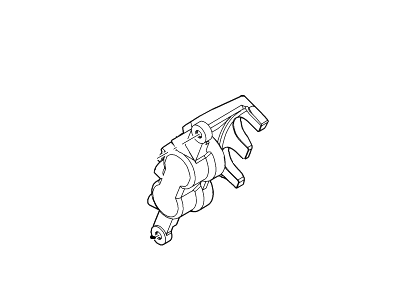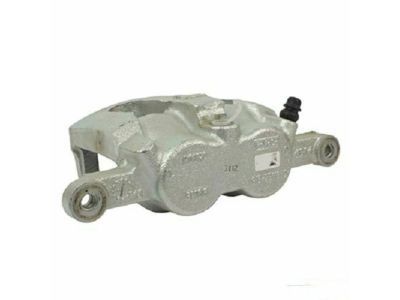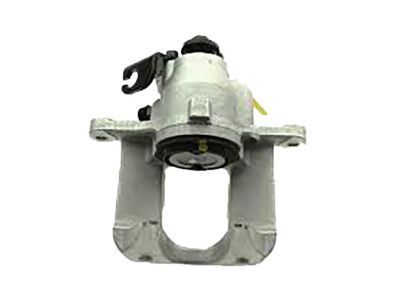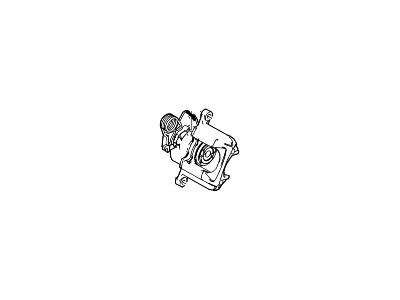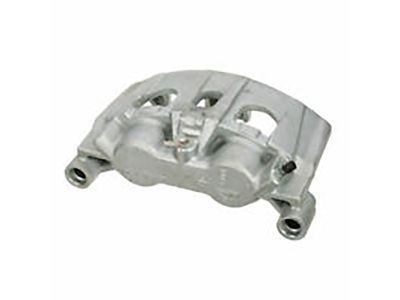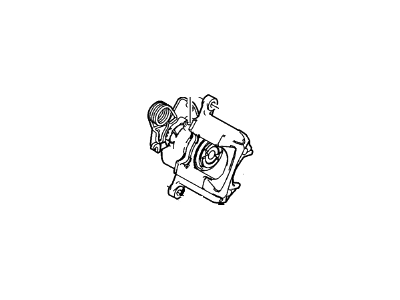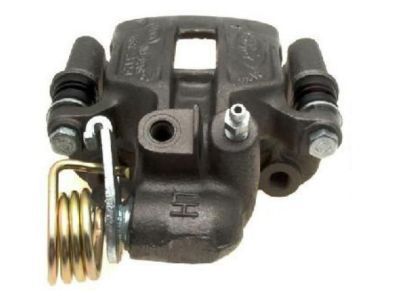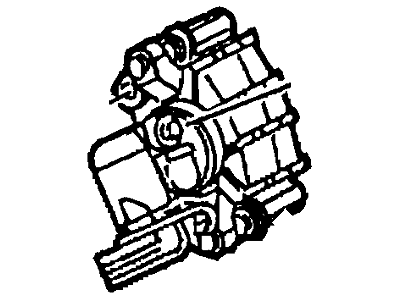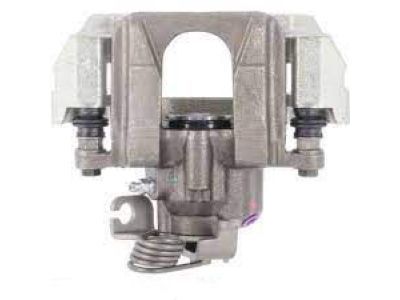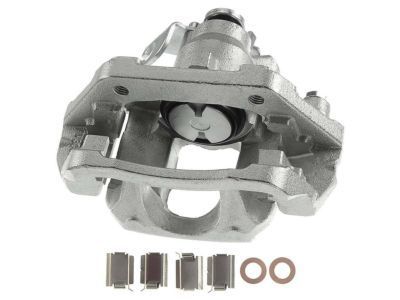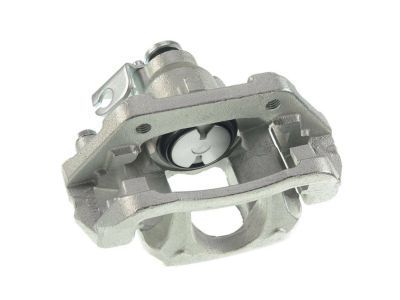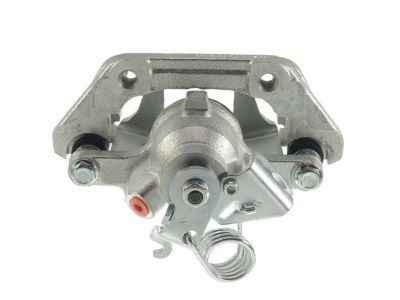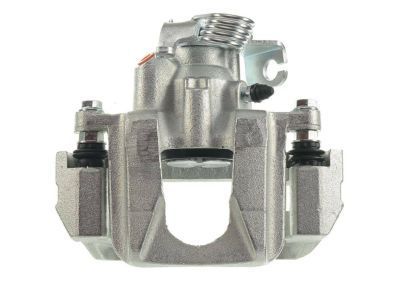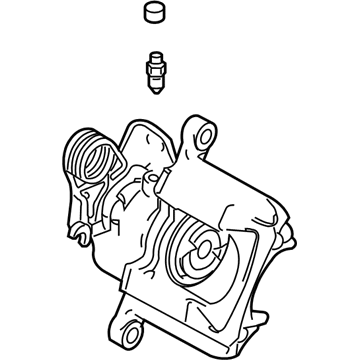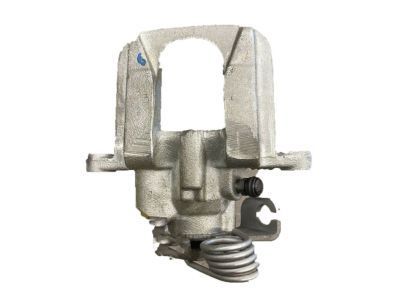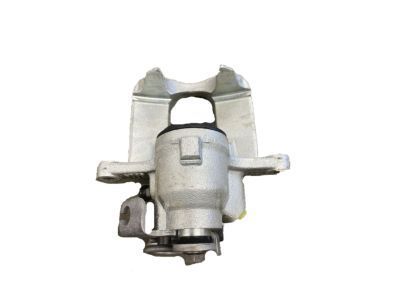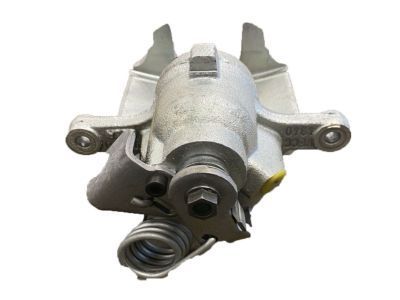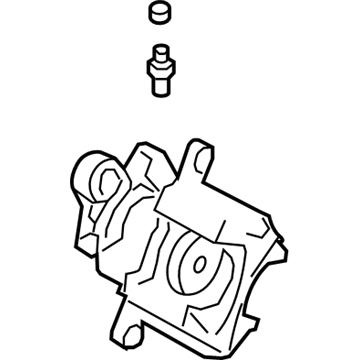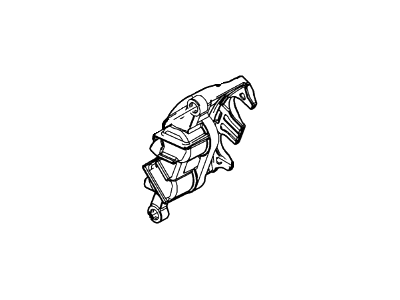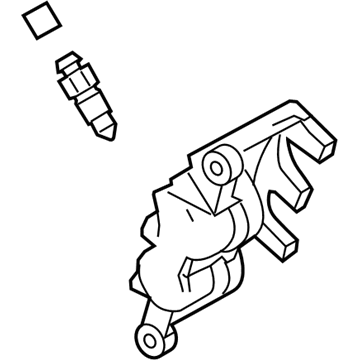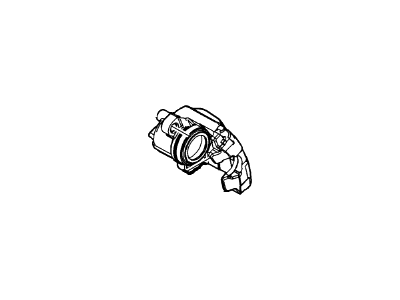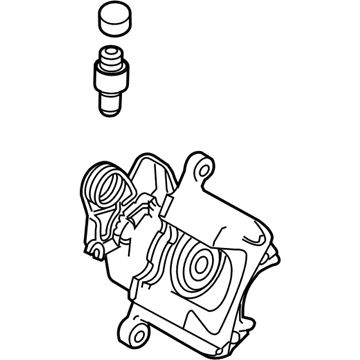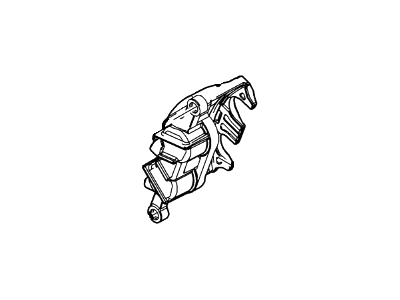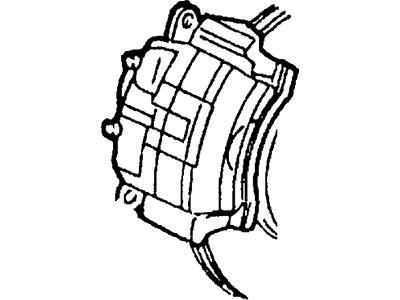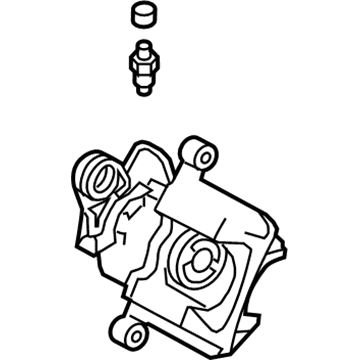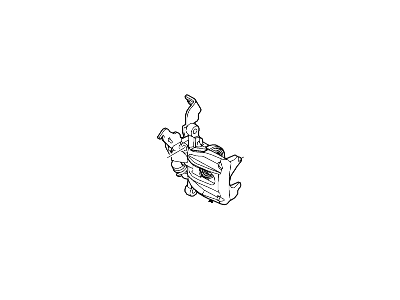

My Garage
My Account
Cart
Genuine Ford Taurus Brake Caliper
Caliper- Select Vehicle by Model
- Select Vehicle by VIN
Select Vehicle by Model
orMake
Model
Year
Select Vehicle by VIN
For the most accurate results, select vehicle by your VIN (Vehicle Identification Number).
82 Brake Calipers found
Ford Taurus Brake Caliper Assembly-Less Pads
Part Number: 8A8Z-2B121-AA$81.90 MSRP: $133.64You Save: $51.74 (39%)Ford Taurus Brake Caliper Assembly-Less Pads
Part Number: 8A8Z-2B120-AA$95.54 MSRP: $156.18You Save: $60.64 (39%)Ships in 1-2 Business DaysFord Taurus Housing
Part Number: CG1Z-2552-A$83.52 MSRP: $139.09You Save: $55.57 (40%)Ships in 1-2 Business DaysFord Taurus Housing
Part Number: CG1Z-2553-A$94.33 MSRP: $154.18You Save: $59.85 (39%)Ships in 1-2 Business DaysFord Taurus Brake Caliper Assembly-Less Pads
Part Number: 1F1Z-2553-BA$85.58 MSRP: $114.07You Save: $28.49 (25%)Ford Taurus Housing
Part Number: AE9Z-2552-B$76.07 MSRP: $124.00You Save: $47.93 (39%)Ships in 1-2 Business DaysFord Taurus Housing
Part Number: AE9Z-2553-B$105.99 MSRP: $173.45You Save: $67.46 (39%)Ships in 1-2 Business DaysFord Taurus Brake Caliper Assembly-Less Pads
Part Number: DG1Z-2B120-B$78.27 MSRP: $127.64You Save: $49.37 (39%)Ships in 1-2 Business DaysFord Taurus Housing
Part Number: AG1Z-2553-A$94.33 MSRP: $154.18You Save: $59.85 (39%)Ships in 1-2 Business DaysFord Taurus Housing
Part Number: AG1Z-2553-B$94.33 MSRP: $154.18You Save: $59.85 (39%)Ships in 1-2 Business DaysFord Taurus Brake Caliper Assembly-Less Pads
Part Number: AG1Z-2B120-B$95.54 MSRP: $156.18You Save: $60.64 (39%)Ships in 1-2 Business DaysFord Taurus Housing
Part Number: AG1Z-2552-A$83.52 MSRP: $139.09You Save: $55.57 (40%)Ships in 1-2 Business DaysFord Taurus Housing
Part Number: AG1Z-2552-B$83.52 MSRP: $139.09You Save: $55.57 (40%)Ships in 1-2 Business DaysFord Taurus Housing
Part Number: EG1Z-2552-A$102.71 MSRP: $171.45You Save: $68.74 (41%)Ships in 1-2 Business DaysFord Taurus Housing
Part Number: EG1Z-2553-A$96.24 MSRP: $160.55You Save: $64.31 (41%)Ships in 1-2 Business DaysFord Taurus Housing
Part Number: DG1Z-2552-D$102.71 MSRP: $171.45You Save: $68.74 (41%)Ships in 1-2 Business DaysFord Taurus Brake Caliper Assembly-Less Pads
Part Number: DG1Z-2B120-A$402.17 MSRP: $669.09You Save: $266.92 (40%)Ford Taurus Brake Caliper Assembly-Less Pads
Part Number: 4F1Z-2B121-AA$45.59 MSRP: $66.65You Save: $21.06 (32%)Ships in 1-2 Business DaysFord Taurus Housing
Part Number: DG1Z-2553-E$96.24 MSRP: $160.55You Save: $64.31 (41%)Ships in 1-2 Business Days
| Page 1 of 5 |Next >
1-20 of 82 Results
Ford Taurus Brake Caliper
The Brake Caliper in the Ford Taurus automobiles are imperative in the braking system of a car having the pistons to squeeze the brake pads on the rotors, which cause the friction leading to the halting of a car. These calipers come in two main types: spherical and barometric, sections include: fixed and floating. This type of caliper is rigid and comes with opposing pistons, while the other is mounted on the floating WhatsApp and parallel to the rotation axis of the disc; the floating calipers are likely to stick. Floating calipers, of which swinging calipers is one of the main subtypes, pivot inward when braking. Such materials as the plastic, aluminum or chrome plated steel are used in the pistons while fixed calipers are more complex as well as expensive but the perform well. Brake calipers are very important wear parts with significant impact on braking capability of Ford Taurus cars.
We provide a wide range of Ford Taurus Brake Caliper at the best prices possible. If you need Ford Taurus Brake Caliper, you can shop with confidence on our website. All our OEM parts come with a manufacturer's warranty and are delivered to your door step with a fast delivery service.
Ford Taurus Brake Caliper Parts Questions & Experts Answers
- Q: How to replace calipers on a Ford Taurus?A:If replacement is necessary due to fluid leakage or damage to a piston boot, it is recommended to replace the calipers rather than overhauling them. New and factory rebuilt units are available on an exchange basis, making the job easier. Always replace the calipers in pairs, either both fronts or both rears, and never replace just one. To remove the calipers, start by loosening the wheel lug nuts and raising the vehicle on jackstands. Remove the wheels and the cap from the brake fluid reservoir. Use a syringe or suction gun to remove brake fluid until the reservoir is half full to prevent overflow. Compress the caliper piston into the caliper bore using a large C-clamp, making sure the brake fluid does not overflow from the master cylinder. Remove the banjo fitting bolt and disconnect the brake hose from the caliper, discarding the sealing washers and plugging the brake hose. Remove the two caliper bolts, using a second wrench to hold the caliper guide pin on rear calipers. If working on a rear caliper, disconnect the parking brake cable from the bracket on the subframe and then disconnect the cable end from the caliper. Hang the caliper securely out of the way using a piece of wire, making sure not to let it hang by the brake hose. To install the caliper, reverse the removal steps, tightening the mounting bolts and banjo fitting bolt to the specified torque. Use new sealing washers and make sure there are no leaks from the hose connections. Bleed the brake circuit and test the brakes carefully before returning the vehicle to normal service.
Related Ford Taurus Parts
Browse by Year
2019 Brake Caliper 2018 Brake Caliper 2017 Brake Caliper 2016 Brake Caliper 2015 Brake Caliper 2014 Brake Caliper 2013 Brake Caliper 2012 Brake Caliper 2011 Brake Caliper 2010 Brake Caliper 2009 Brake Caliper 2008 Brake Caliper 2007 Brake Caliper 2006 Brake Caliper 2005 Brake Caliper 2004 Brake Caliper 2003 Brake Caliper 2002 Brake Caliper 2001 Brake Caliper 2000 Brake Caliper 1999 Brake Caliper 1998 Brake Caliper 1997 Brake Caliper 1996 Brake Caliper 1995 Brake Caliper 1994 Brake Caliper 1993 Brake Caliper 1992 Brake Caliper 1991 Brake Caliper 1990 Brake Caliper
